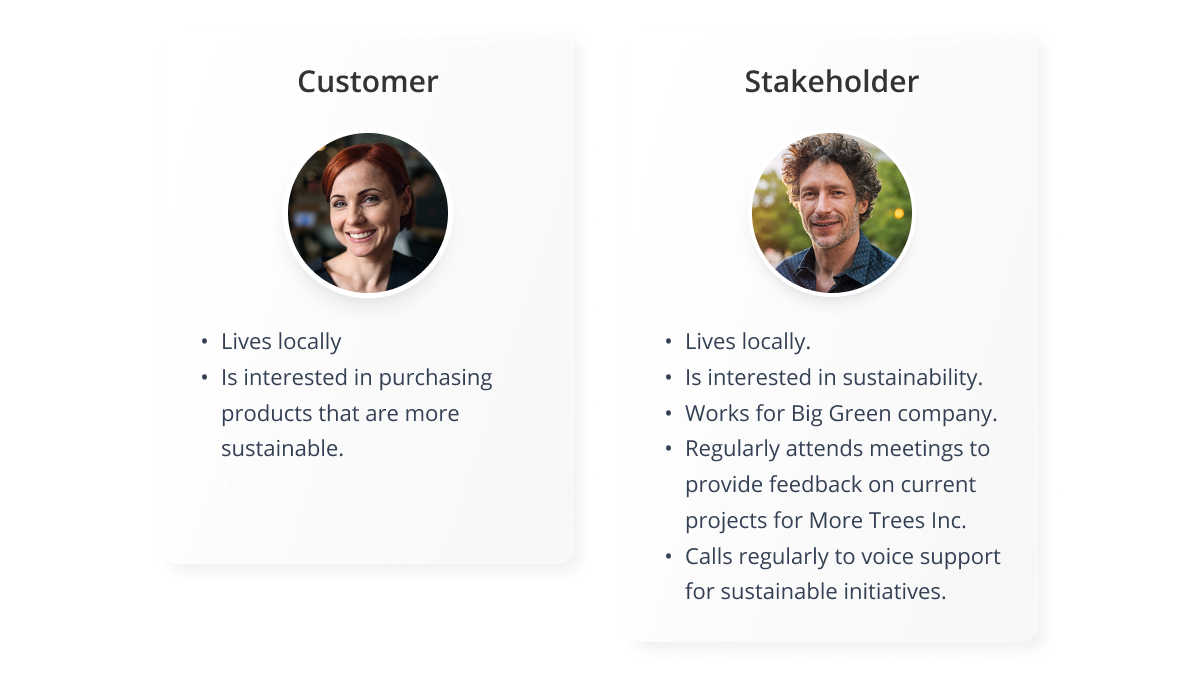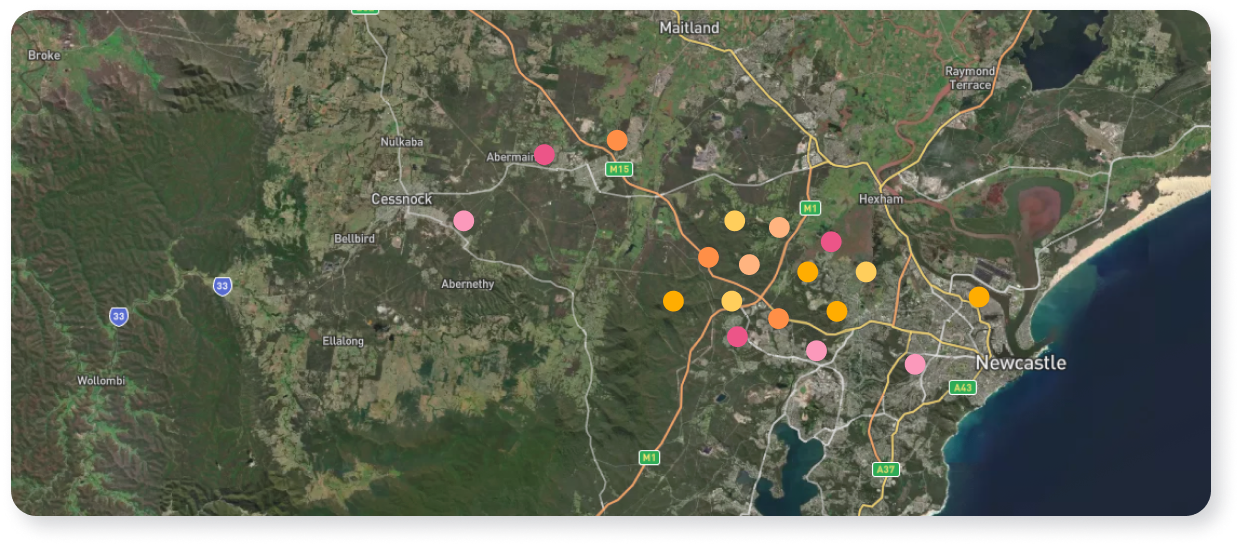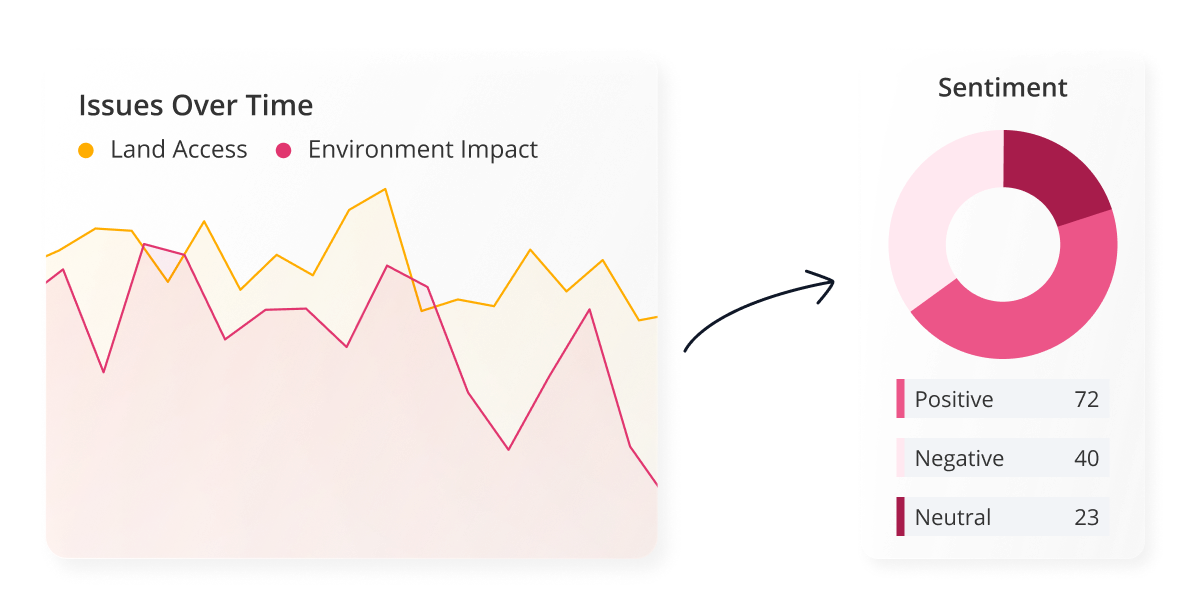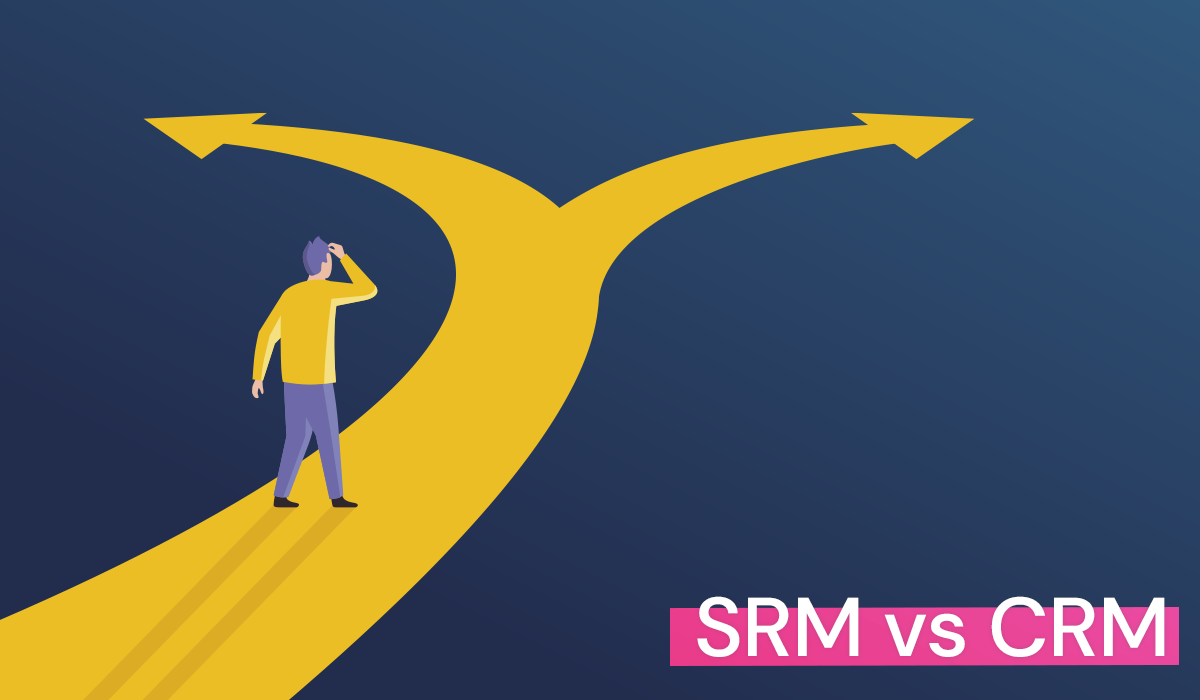If you have recently encountered unexpected resistance, breached your compliance requirements, or lost valuable engagement data, then you might be searching for a better stakeholder relationship management solution.
It’s likely that you have started exploring digital engagement tools and are wondering if you should use an SRM or a CRM. However, these two platforms are fundamentally different. We’ll explain why.
Many organizations start managing their stakeholder interactions through their inbox or spreadsheets. Eventually, a more robust, flexible, and secure stakeholder engagement solution is needed as their stakeholder network grows and becomes more complex.
You might be at the same point and are wondering whether an SRM (stakeholder relationship management platform) or a CRM (customer relationship management platform) is the best fit for you.
While some organisations do use CRMs to manage their stakeholder relationships, they aren’t designed with out-of-the-box features that meet the complex needs of varied stakeholders. As a result, they have to spend a huge amount of money and a significant amount of time customising their CRM.
We’re going to explain the fundamental differences between CRMs and SRMs so that you can make the best decision for your own organisation.
We’ll start with a few foundational definitions so that you understand why customer and stakeholder relationships need to be managed differently.
Bare with us – we know these definitions may appear basic, but they are absolutely critical in understanding why an SRM is your best bet for building better stakeholder relationships.
What is a customer?
A customer is a person or business who purchases a product or service from another individual or business. Customers choose to purchase because they have a want or need that can be met by that business.
They normally have different options to choose from and get to decide whether or not they want to engage with a business.
What is a stakeholder?
Stakeholders are any people who are impacted by a project, initiative, policy, or organisation. These stakeholders could be internal (within your organisation) or external (people outside your organisation).
They might include customers, employees, community members, politicians, media, shareholders, suppliers, partners, investors, government departments, regulators, neighboring businesses, and nearby residents. Or could also be among those people’s extended networks of family, friends, and colleagues.

What is the difference between stakeholders and customers?
Stakeholders don’t always get to choose whether or not they are impacted by you. For example, local residents don’t always choose whether or not a construction project goes ahead.
Different groups of stakeholders can also be impacted by you in different ways. Some might welcome a new commercial high rise within walking distance of their home. Others might be upset by noise pollution throughout the project and the gradual loss of their city view.
While customers are usually motivated by the same needs and wants, stakeholders can often have very different motivations. An investor might look forward to the financial returns of their investment in commercial property, while residents might wonder if it will create local job opportunities or increase traffic in the area.
Stakeholders also have very different levels of impact and influence over a project. While losing a customer may not send your business under, the loss of one financial investor could completely derail the viability of your project.
A single resident probably can’t stop your project from going ahead, but if they band together with like-minded individuals and start advocating for a different course of action with a regulator, you could be facing major delays and unforeseen expenses.
So naturally, stakeholder relationships are delicate and complicated. You can’t manage them the same way that you would manage your customer relationships.
What is a CRM?
A CRM is a software system that helps business owners manage their customer relationships.
The goal of adopting a CRM is to improve business relationships, maximise revenue, and drive growth.
When a prospect starts sharing information with a business, the CRM helps that business to send them marketing messages that will convert them into a customer. It also helps to manage the ongoing relationship with that customer, improve repeat purchases, and boost loyalty.
A CRM can help you store customer and prospect contact information, identify sales opportunities, record service issues, manage marketing campaigns, and report on sales and marketing success – all from one central, cloud-based location.
Essentially, it helps you to push customers through the sales funnel in a linear way. A CRM helps sales and marketers stay connected to their customers, streamline processes, and improve profitability.

What is an SRM?
An SRM is a software system that helps businesses and organisations to manage their stakeholder relationships.
Since there are so many diverse stakeholder relationships to manage, the goal of adopting an SRM is to give transparency over all stakeholder interactions and surface emerging sentiments and issues over time.
Rather than enhancing sales and profitability like a CRM, organisations use an SRM to reduce their risk and make decisions that will enhance stakeholder relationships. As a result, they help organisations to implement initiatives, projects, and ideas far more effectively.
They capture and store stakeholder interactions from a variety of places, such as emails, web submissions, and phone calls. Then they file those interactions against a dedicated contact record.
Anyone in an organisation using an SRM can view the entire relationship history with a stakeholder at any point in time. Having a centralised, online platform allows this information to be accessible from anywhere with an internet-connected device. You can also store and access the commitments made to different stakeholder groups, such as land-access agreements.
SRMs hold stakeholder relationships at their core. They aren’t designed to manage relationships in a linear way or to gradually persuade stakeholders to make a purchase. They are designed to facilitate mutually beneficial relationships with a complex network of interconnected stakeholders and help organisations to build consensus around something they want to achieve.
What’s the difference between a CRM and an SRM?
An SRM helps you to engage with your stakeholders, whereas an out-of-the-box CRM will help you sell to them.
SRMs are specifically designed for community and stakeholder engagement, which involves nurturing interconnected one-to-many relationships. On the other hand, CRMs are designed to enhance one-to-one relationships with customers.
If you’re considering investing in an SRM versus a customised CRM, keep in mind that the sales process is very different from the engagement process. You will need to invest heavily in the redevelopment of the CRM to match the features you would get out-of-the-box in an SRM.
While both software systems do have some overlapping features, they are used in different ways. An SRM helps you analyse the perceptions and feelings that emerge across varied stakeholder groups as your project evolves. It helps you to ‘read the room’ and then engage in a strategic way. An SRM is also set up to help you manage your legal and compliance requirements for stakeholder engagement.
SRM vs CRM
| SRM | CRM |
|---|---|
| Manages relationships with stakeholders | Manages relationships with customers |
| Designed to enhance the engagement process | Designed to enhance the sales process |
| Supports multidirectional and one-to-many relationships with groups of stakeholders | Supports linear, personalised, and one-to-one relationships with individual customers |
| Features include: – Searchable and interconnected stakeholder records Stakeholder segmentation and mapping tools so that you can understand influence and impact – Sentiment, theme, and issue tracking so that you understand feelings and opinions – Feedback mechanisms, such as web forms – Communications and engagement tools, such as SMS and email – Storage for agreements and commitments – Stakeholder relationship management workflows | Features include: – Searchable records of customers and leads – Customer segmentation tools so that you can send the right message to the right person – Management of a linear sales funnel so that you can nurture and convert leads – Lead tracking and sales forecasting so that you can understand how to acquire new business – Lead capture tools, such as contact forms – Communications and engagement tools, such as SMS and email – Storage of contracts with customers – Customer relationship managment workflows |
Should I invest in an SRM or a CRM?
That depends on the goals that you want to achieve.
A good stakeholder relationship management platform will integrate multiple sources of data and provide you with real-time stakeholder insights so that you can monitor and adapt to trends and sentiment throughout the entire project lifecycle.

Imagine the insights that you could gain from the stakeholder map below which shows the geospatial patterns of sentiment and issues. This is an out-of-the-box report from Consultation Manager.
Insights like this will make your stakeholder management process compliant, prioritised, and responsive. An SRM will also give you ready access to numerous benefits.
Benefits of an SRM
Better stakeholder relationships
An SRM will help you to understand your stakeholders’ feelings and perceptions with focused reports and dashboards. You can also build better long-term relationships with historical, cross-project reporting. They help you to ‘read the room’ before you engage.
SRMs are also designed to help you monitor issues so that you can proactively address problems before they arise. For example, it’s easier to identify if particular stakeholder groups are likely to resist your project in the final hour.

Improved risk management
You can track and fulfill project commitments. An SRM makes it easy to know when they are made, by who, and what follow-up actions need to occur.
Inaccurate stakeholder records can also put your entire project at risk, so you need a robust platform that can showcase that no stone has been left unturned when it comes to addressing the social, economic, and environmental impacts of your project on your stakeholders.
Effective communication
Stakeholder engagement professionals juggle complex stakeholder issues across multiple communication channels every day and they need a simple way to bring all of this information together.
An SRM is a cloud-based stakeholder knowledge base that securely captures stakeholder interactions. Therefore, it is a central source of truth that helps team members to stay aligned with what has already been communicated. It helps amplify knowledge-sharing internally and will help motivate your team members to share their expertise more readily.

